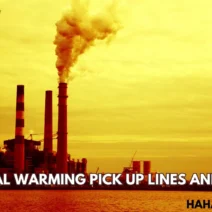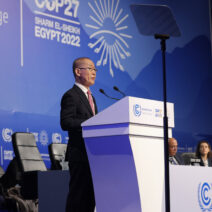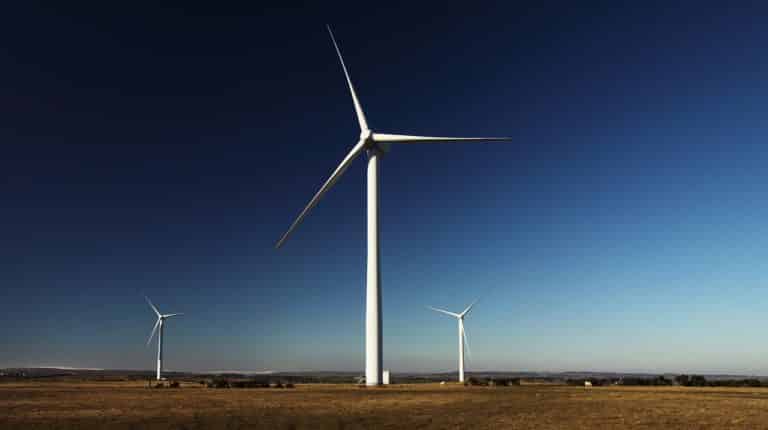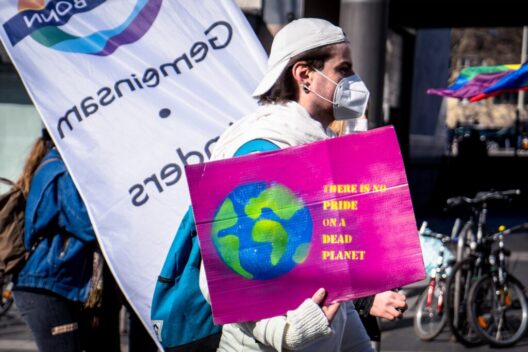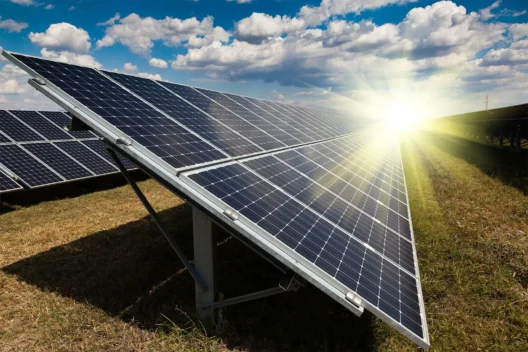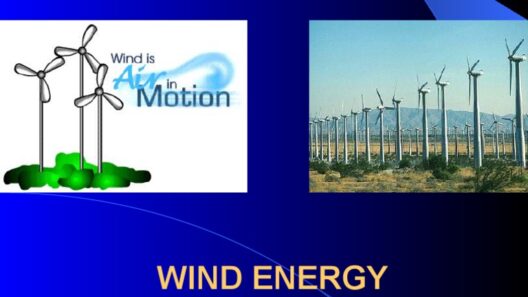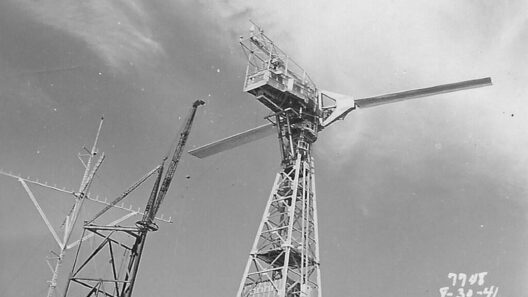Wind energy has emerged as a cornerstone in the quest for sustainable power solutions. It is classified as a renewable energy source, harnessed from the kinetic energy of moving air. This energy can be efficiently transformed into mechanical power or electricity through various technological systems. Understanding wind energy involves delving into its classification, functionality, and implications in the ecological landscape.
Wind, a natural phenomenon resulting from the uneven heating of the Earth’s surface by the sun, is not merely a gentle breeze but a powerful force capable of generating substantial energy. The velocity and consistency of wind in different geographical areas determine its viability as an energy source. With advancements in technology, the ability to capture and utilize this resource has matured, making wind energy one of the fastest-growing segments of the global energy market.
As we navigate through this discourse, several pivotal concepts will come to light, each elucidating the multifaceted nature of wind as an energy type.
The Nature of Wind Energy
Wind energy is fundamentally kinetic energy caused by the movement of air. When air moves, it exerts a force that can be harnessed using wind turbines. These turbines convert the kinetic energy of the wind into mechanical energy, which is then transformed into electrical energy through generators. This conversion process is pivotal for producing electricity that feeds into the power grid, supplying homes, businesses, and industries.
Moreover, the effectiveness of wind energy generation is contingent upon two key factors: wind speed and turbine design. The wind’s speed must fall within specific parameters for optimal energy conversion—too slow, and turbines cannot generate power; too fast, and they must shut down to prevent damage. Consequently, research and development within aerodynamic design have focused on maximizing efficiency, ensuring that contemporary wind turbines are equipped to harness wind energy effectively across diverse environmental conditions.
Types of Wind Energy Harnessing Technologies
The exploitation of wind energy primarily occurs through two technological paradigms: terrestrial (onshore) wind power and offshore wind power.
Onshore Wind Power
Onshore wind power is the most prevalent and accessible form of wind energy harnessing. It utilizes turbine installations on land—often in vast wind farms—to capture the wind’s energy. These facilities can be strategically located in open plains, hilltops, or coastal regions where wind currents are strong and consistent. Each turbine stands tall, with blades that rotate to convert kinetic energy into electrical power.
The advantages of onshore wind farms are numerous, including lower construction costs and easier maintenance compared to their offshore counterparts. However, they can have localized ecological impacts and may face opposition from communities concerned about visual aesthetics and noise. Nevertheless, the benefits often outweigh the drawbacks, as onshore wind farms contribute significantly to reducing carbon emissions.
Offshore Wind Power
Offshore wind energy, while a more recent innovation, is rapidly gaining traction. Turbines in offshore wind farms are installed in bodies of water, primarily oceans and large lakes, where wind speeds are typically higher and more consistent than on land. The open water setting allows for larger turbine installations, significantly increasing the capacity for energy generation.
The challenges posed by offshore wind farms include higher installation and maintenance costs, as well as navigational concerns for maritime activities. However, these projects represent a burgeoning frontier in renewable energy, promising vast potential to power entire cities and regions sustainably.
The Role of Wind Energy in Mitigating Climate Change
Wind energy occupies a pivotal role in combating climate change. As countries around the globe strive to curtail their reliance on fossil fuels, wind energy stands out as a clean, renewable alternative. Notably, the lifecycle emissions of wind power—ranging from turbine manufacturing to installation and decommissioning—are significantly lower than those of traditional energy sources which emit greenhouse gases.
Incorporating wind energy into a broader energy strategy not only mitigates carbon emissions but also diminishes air pollution, which is beneficial for public health. By reducing dependency on coal, oil, and natural gas, the transition to wind power can lead to the stabilization of ecosystems adversely affected by fossil fuel extraction and combustion.
Future Prospects and Innovations in Wind Energy
The future of wind energy is characterized by vigorous innovation and expansion. The advent of advanced materials, increased turbine efficiency, and smart grid technologies signifies an exciting era of renewable energy. In addition, energy storage solutions, such as batteries and pump storage, are being developed to address the intermittency of wind energy—allowing excess energy generated during windy periods to be stored for use when wind conditions are suboptimal.
Globally, a concerted push towards renewable energy policies is also propelling wind energy initiatives. Governments are incentivizing investments in renewable technologies—leading to a burgeoning marketplace committed to reducing ecological footprints and fostering sustainable growth.
Conclusion: The Future is Wind
In conclusion, wind energy represents not only a feasible alternative to conventional energy sources but also a pathway towards a sustainable energy future. As technological advancements reduce costs and improve efficiency, the role of wind as a prominent player in the global energy landscape will undoubtedly continue to evolve. Advocacy for wind energy is essential—encouraging both public and private sectors to collaborate in harnessing the potential of this boundless resource, ensuring a healthier planet for future generations.

